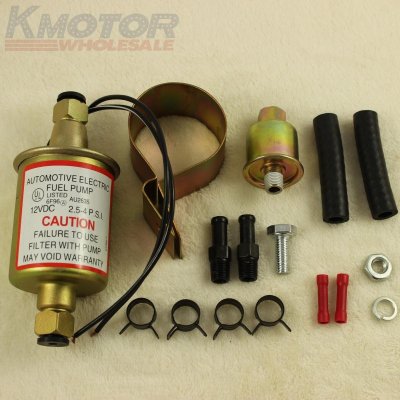Years ago I repowered a Chris craft gas sport fisher to Yanmar 6lp's and a Mase generator. Serious issue was the water alarm was miswired on the secondary such that in a heavy sea, and probably because the tanks were insufficiently cleaned, water entered the brand new engine and blew up the injection pump on the port engine. $10k repair which thankfully was paid by the dealer and insurance.
Months later, the genny quits. I call Mase in the south and the rep is an older raspy voiced smoking ex-Jersey-ite. He hears me out and sez.. it's always the fuel. So I explain that I can start the engine fine but it conks minutes later. He repeats, “it's always the fuel. This continues for several exchanges. He gets a bit excited and yells “ it's the fuel, always the fuel!. Guess what. It was the fuel, I had a pinhole in the hose that sucked tiny air till it conked. Re-priming is all it took to start.
Never forgot Joe. On my new to me MT with single Lehman, after a blessed honeymoon, the Lehman quit at the most inopportune times. Once during a bridge opening with a 6 knot tide current. Did I mention a turn and rocks ahead. Do you know what what happens when you emergency deploy an all chain rode anchor. The explosion shakes the bowels. Remembering Joe, I later started tracing from the source tanks. Dropped a stick into the tank to find the engineering on the boat called for the pickup tubes to only drop half way down the tank. No doubt to avoid the gunk on the bottom. Guess they didn't trust Racors then, let alone dual setups. Longer pickups and not a bump since.
Yes I'm a single engine guy now. But I watch the fuel with an ADD disorder. I installed an in-line priming pump although priming the Lehman is easy. Just not easy enough when you're under a bridge. Plus a dyi polishing subsystem If the boat hasn't been run, a digital timer pumps 2 hours twice a day, one tank at a time, alternating weekly. Nice and slow, the gentle rocking helping the process along. I'm in NY, in the water for the winter, and when I hear the pump start, I know what time it is.
Microns aside, you can't be too skinny or have overly cleaned diesel fuel. The engine purrs, no smoke. A recent valve adjust showed all clean. The piece of mind is enriching.
It's always the fuel my friends.





